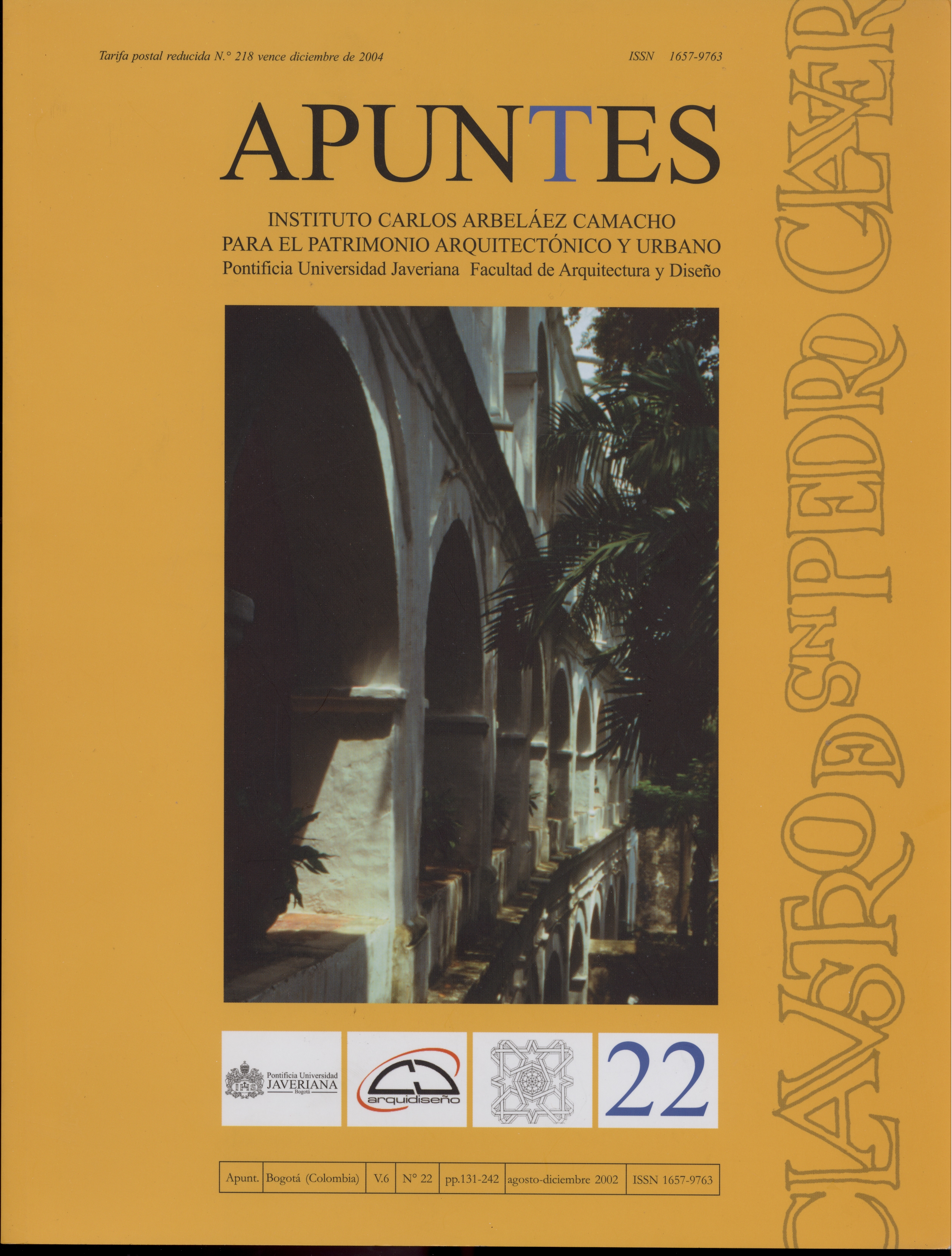Resumen
El autor, un gran creador de arquitectura española de la 2ª mitad del siglo XX, profesor emérito y además,notable restaurador de obras monumentales de su país, Antonio Fernández Alba, se inclina en este texto sobreuno de los temas que, en una u otra forma, ha tratado a lo largo de su prolongado quehacer profesional. Eldestino y los avatares de la ciudad como patrimonio. Su visión no es la del especialista sino del cirujano crítico,disecando el proceso histórico-político según el cual, para eclipsar los “caducos estilos” heredados del siglo XIX,las vanguardias arquitectónicas se institucionalizaron gradualmente en taxonomías del estado burocrático ocrudos totalitarismos ideológicos. Las nuevas formas funcionales se alejaban de una presunta “forma histórica”y su cometido conservador, pero irónicamente, han terminado, ellas también, siendo a su vez, piezas de museo.Las nuevas nociones de emancipación, utopía y transgresión vinieron a dominar , al final del siglo XX, el panoramade la ciudad. Lo ideal propuesto era, por naturaleza emancipatorio, y para lograrlo había que proponerutopías, todas las cuales resultaron fracasos o despropósitos. Las vanguardias formales, a su vez, se ocuparon detransgredir, mediante sus propuestas arquitectónicas, el ambiente urbano y la conciencia ciudadana.La ciudad patrimonial, es decir, aquella de la memoria, según Fernández Alba, “ha terminado siendo el escudoprotector de nuestro espíritu, porque la ciudad industrial ya consumada había colonizado nuestro cuerpo y robotizadonuestras almas”. El autor se refiere con ominoso brillo a la globalización de la patología urbana y al inquietanteabandono de la ciudad del pasadoLa revista Apuntes se encuentra registrada bajo la licencia Creative Commons Reconocimiento 4.0 Internacional. Por lo tanto, esta obra se puede reproducir, distribuir y comunicar públicamente en formato digital, siempre que se reconozca el nombre de los autores y a la Pontificia Universidad Javeriana. Se permite citar, adaptar, transformar, autoarchivar, republicar y crear a partir del material, para cualquier finalidad (incluso comercial), siempre que se reconozca adecuadamente la autoría, se proporcione un enlace a la obra original y se indique si se han realizado cambios. La Pontificia Universidad Javeriana no retiene los derechos sobre las obras publicadas y los contenidos son responsabilidad exclusiva de los autores, quienes conservan sus derechos morales, intelectuales, de privacidad y publicidad.
El aval sobre la intervención de la obra (revisión, corrección de estilo, traducción, diagramación) y su posterior divulgación se otorga mediante una licencia de uso y no a través de una cesión de derechos, lo que representa que la revista y la Pontificia Universidad Javeriana se eximen de cualquier responsabilidad que se pueda derivar de una mala práctica ética por parte de los autores. En consecuencia de la protección brindada por la licencia de uso, la revista no se encuentra en la obligación de publicar retractaciones o modificar la información ya publicada, a no ser que la errata surja del proceso de gestión editorial. La publicación de contenidos en esta revista no representa regalías para los contribuyentes.


